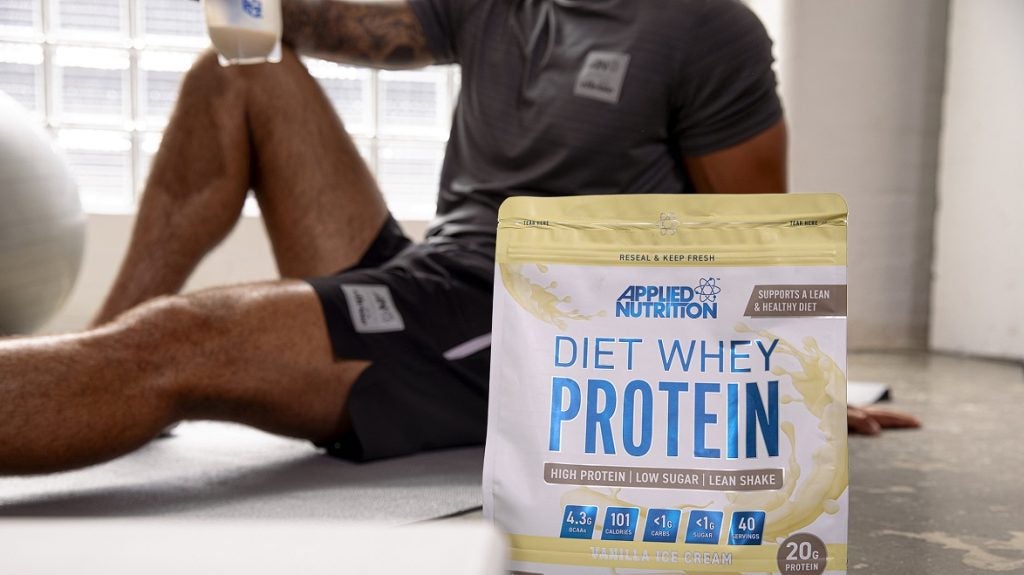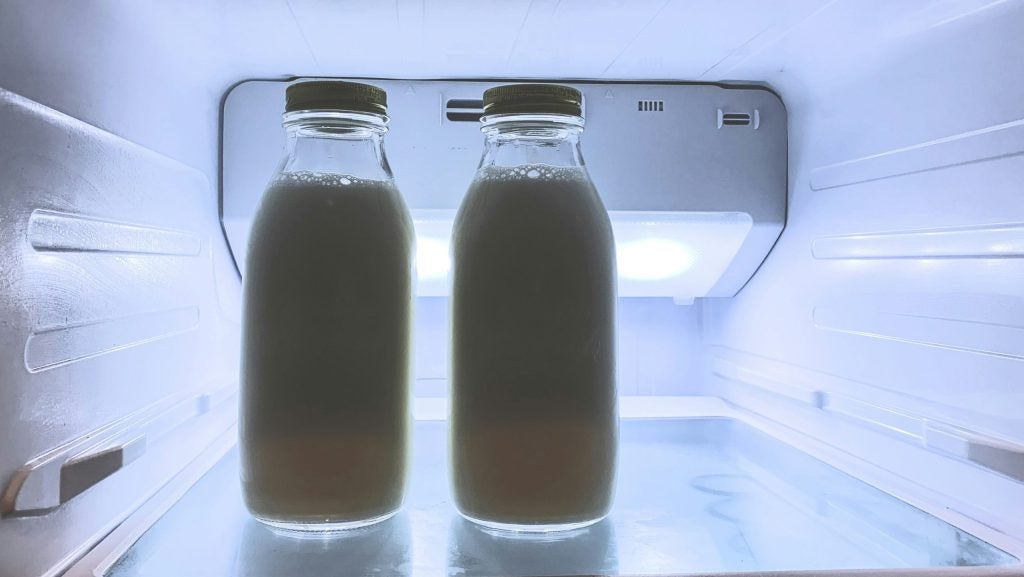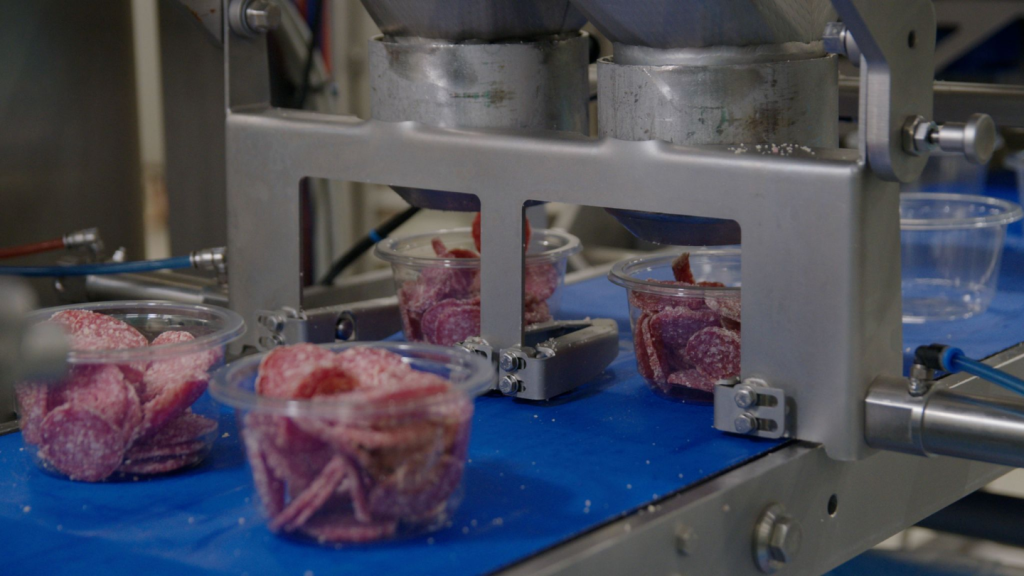Before Christmas, US retailer Bi-Lo announced a deal to buy local peer Winn-Dixie Stores, creating an organisation of almost 700 grocery stores in eight states throughout the south-east of the country. Sam Webb speaks to industry watchers about the move, and what it will mean for the new company.
US retailers Bi-Lo and Winn-Dixie Stores are organisations that have endured challenges in recent years. Both have battled bankruptcy and have been dogged by sliding profits.
Bi-Lo applied for Chapter 11 in 2009 after the credit crunch prevented the retailer from refinancing its debt. It sold assets to Delhaize and emerged from bankruptcy a year later after securing financing from a number of parties, including investment vehicle Lone Star Funds, its majority shareholder.
Winn-Dixie’s move into Chapter 11 came four years earlier after competition hit the business. After a restructuring of the business and store closures, the retailer emerged from bankruptcy 18 months later. However, Winn-Dixie’s profits have fallen in each of its last two financial years on the back of falling sales.
Bi-Lo is understood to have approached Winn-Dixie some time last year and, in the final weeks of 2011, tabled a bid for Winn-Dixie worth US$9.50 a share. The offer – a 75% premium on Winn-Dixie’s share price on the last working day before the deal was announced on 19 December – valued Winn-Dixie at $560m and was one which its board accepted. Winn-Dixie chairman, CEO and president Peter Lynch said the deal would build a company “that is stronger than our individual businesses”.
See Also:
Privately-owned Bi-Lo operates 207 supermarkets across four US states; Winn-Dixie has around 480 outlets in five states and, when the deal was announced, Bi-Lo chairman Randall Onstead said there was “no overlap” between the two companies’ store networks.
How well do you really know your competitors?
Access the most comprehensive Company Profiles on the market, powered by GlobalData. Save hours of research. Gain competitive edge.

Thank you!
Your download email will arrive shortly
Not ready to buy yet? Download a free sample
We are confident about the unique quality of our Company Profiles. However, we want you to make the most beneficial decision for your business, so we offer a free sample that you can download by submitting the below form
By GlobalData“The combined company will have a perfect geographic fit that will create a stronger platform from which to provide our customers great products at a great value, while continuing to offer exceptional service,” Onstead said.
However, while executives on both sides of the table were upbeat about the prospects of the combined company, industry analysts were less optimistic.
David Livingstone, a retail analyst and founder of DJL Research, says the companies have faced a similar problem: both Bi-Lo and Winn-Dixie under-perform in terms of sales per square foot in comparison to their main competitors.
“Are things going to improve in the new company?,” he wonders. “Probably not. There is not going to be a great resurgence, they are still going to be below average compared to their competitors and they are still very far behind. It will be unlikely they will make any meaningful progress. This is more of a financial deal if anything.”
Livingstone did acknowledge that Bi-Lo had made steps in the right direction in terms of sales, citing industry insiders who say some stores have increased 15% in the last year, although he said this must be tempered with the fact that the stores had low sales to begin with and are still 20% below average.
Northcoast Research analyst Chuck Cerankosky saw some positives. He expects both Winn-Dixie and Bi-Lo to benefit from combined economies of scale, especially opportunities presented by the US’ rapidly-growing appetite for private label goods. “Private label is growing,” he says. “If I was a private-label manufacturer to the trade and I got an order from a customer with a 600+ chain instead of two separate orders, I’d give the larger chain a better price.”
Cerankosky, however, acknowledges that Winn-Dixie needs to revitalise its sales. In November, Winn-Dixie reported a 3.3% increase in identical-store sales for the first quarter of its financial year. The higher sales helped the retailer cut its first-quarter losses from $76.8m a year earlier to $24.1m.
However, the improved financial performance came after a poor year for Winn-Dixie. The retailer made a net loss of $70.1m in the 12 months to 29 June, compared to a net profit of $28.9m the year before. Sales fell 1.4%, which Winn-Dixie said was due to an extra week in the retailer’s financial year but, excluding that extra week, the company posted a 0.1% drop in identical-store sales.
Cerankosky said there could be synergies from the deal but a key task will be to drive sales at Winn-Dixie. “There are cost reduction opportunities in the near future but the real need at Winn-Dixie is to grow sales per store,” he says. “Management has a good strategy for achieving that but they are implementing it in an economy where there are headwinds and tough competitors.”
However, there was criticism from elsewhere on Wall Street. BMO Capital Markets analyst Karen Short was far harsher on the deal, saying it was driven by pure necessity.
“They did not have any other options in terms of the retail acquisition landscape in North America, I don’t think there would have been an obvious buyer.”
Nevertheless, Short did acknowledge that Bi-Lo’s recent performance could help steer Winn-Dixie away from the rocks, adding: “Bi-Lo had some pretty big success in turning itself around. Its EBITDA has grown materially and there is definitely overlap in the strategy for both companies. There are initiatives Bi-Lo can introduce at Winn-Dixie, the most obvious would be distribution.”
Distribution is an area Livingstone feels there will be major changes in following the deal. He feels the combined entity will sell off some of its distribution centres to C&S Wholesale Grocers, which Bi-Lo has a pre-existing relationship with, as well as utilise its influence to enable site divestments.
“They will want to sell the Winn-Dixie stores that are left in Florida as C&S have some wholesale accounts in that area. It would make sense to sell these stores to some of the accounts as the wholesaler could help them consolidate locations.”
Livingstone also feels the move will lead to wider consolidation in the south-east to combat the market dominance of retailers like Wal-Mart Stores and Publix. He says other chains target Winn-Dixie’s successful outlets when deciding where to place new stores.
Industry watchers have long predicted that there will be consolidation in the US food retail market, although the economic downturn and the difficulty in acquiring finance in recent years could have caused some reluctance in retail boardrooms.
Bi-Lo’s move for Winn-Dixie could be a sign of more deals to come. Industry watchers, however, are unsure. Cerankosky thinks there needs to be more consolidation in the US food retail market but adds that it is hard to say if further deals are in the offing.
“A stronger economy will help as it leads to new opportunities for higher purchasing from consumers, but the risk of a downturn always slows M&A.”







